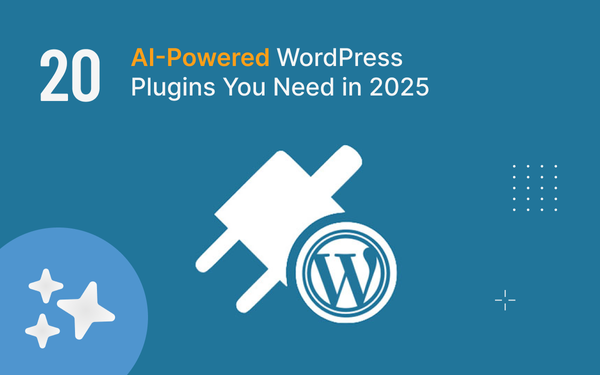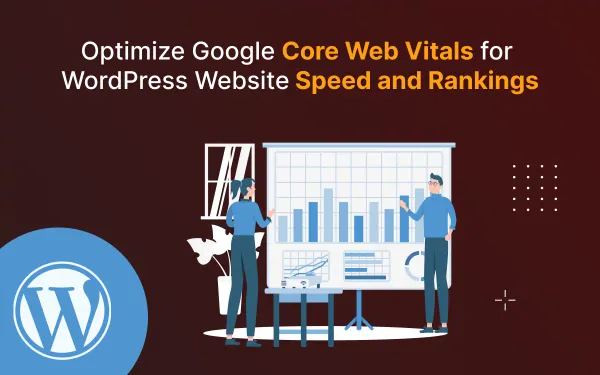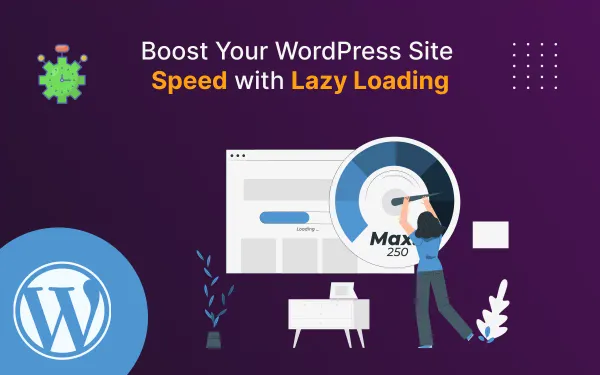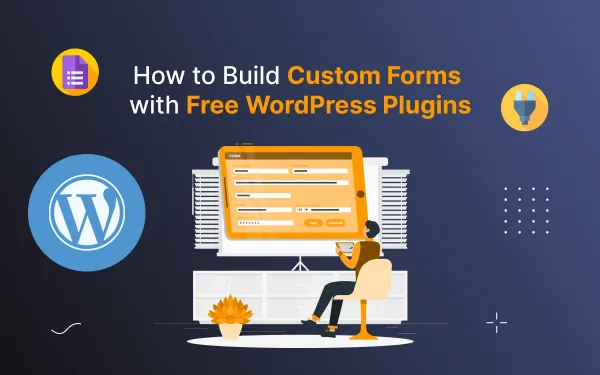Importance of Image Optimization: How to Optimize Images for Your Ghost Blog Website
Image optimization is essential for improving the loading speed and performance of your Ghost blog. Learn how to optimize your images for the web with these tips and tricks.
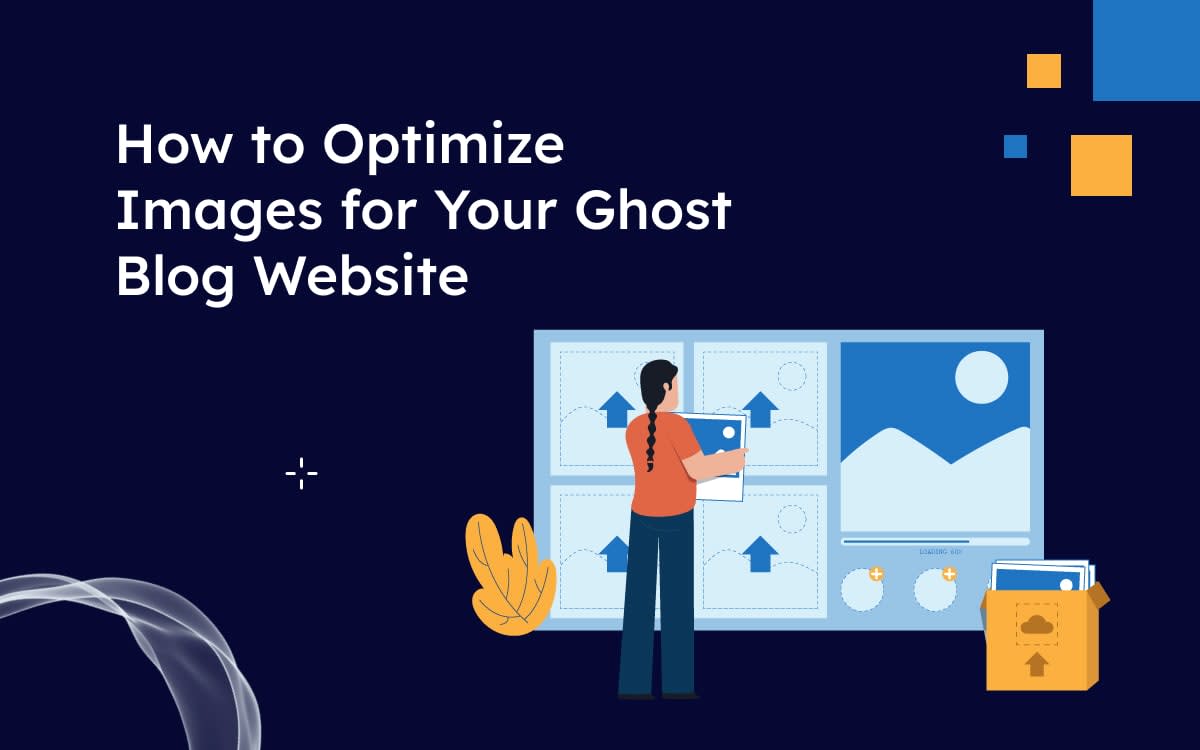
Images are an integral part of any blog or website. They help capture your readers' attention, enhance the visual appeal of your content, and convey information effectively.
However, using high-quality images without proper optimization can slow down your website, which can negatively impact user experience and SEO rankings.
Optimizing your images isn't just about performance, it can also contribute to the overall security and stability of your Ghost CMS website.
In this blog post, I'll explore the importance of image optimization and how to optimize images for your Ghost blog website, ensuring that they look great while keeping your site's performance in check.
You will learn from this blog:
- Introduction
- Importance of image optimization
- Some guidelines for optimizing your images
- Summary of the blog
- FAQs
Why image optimization is Important?
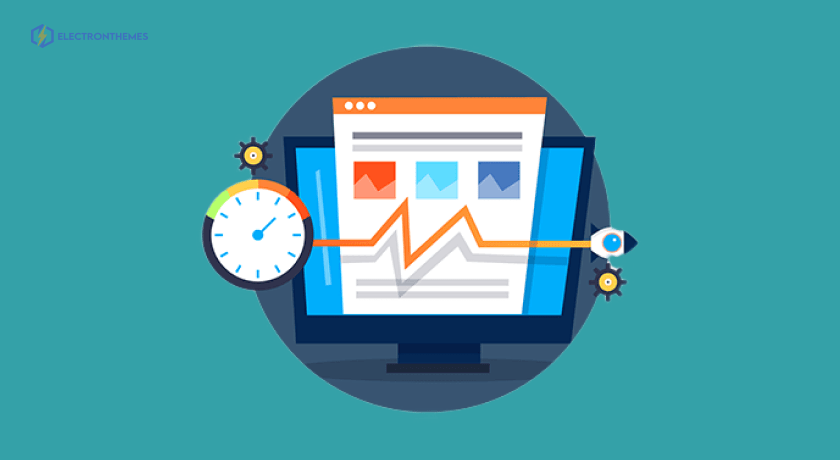
Image optimization is crucial for a Ghost CMS website. It improves user experience by speeding up page loading times.
Optimized images also boost SEO, leading to higher search engine rankings and increased organic traffic.
Additionally, well-optimized visuals enhance the overall appeal of your content, making it more engaging and professional.
Importance of Image Optimization:
- Page Loading Speed: Image optimization reduces the size of image files, resulting in faster page loading times. This is crucial for retaining website visitors and improving user experience.
- SEO (Search Engine Optimization): Faster-loading pages are favored by search engines, potentially leading to higher search rankings and increased organic traffic.
- User Engagement: Optimized images enhance the overall visual appeal of your content, making it more engaging and attractive to visitors.
- Bandwidth Efficiency: Smaller image files consume less bandwidth, which can be cost-effective for websites with limited hosting plans.
- Cross-Device Compatibility: Optimized images are more likely to display correctly on various devices and browsers, ensuring a consistent user experience.
- Mobile Optimization: Faster-loading pages are particularly essential for mobile users, improving accessibility and user satisfaction.
- Reduced Storage Costs: Smaller image files require less storage space on your server, potentially reducing hosting expenses.
- Accessibility: Image optimization often includes alt text, crucial for making images accessible to users with visual impairments.
Follow the instructions to optimize your images
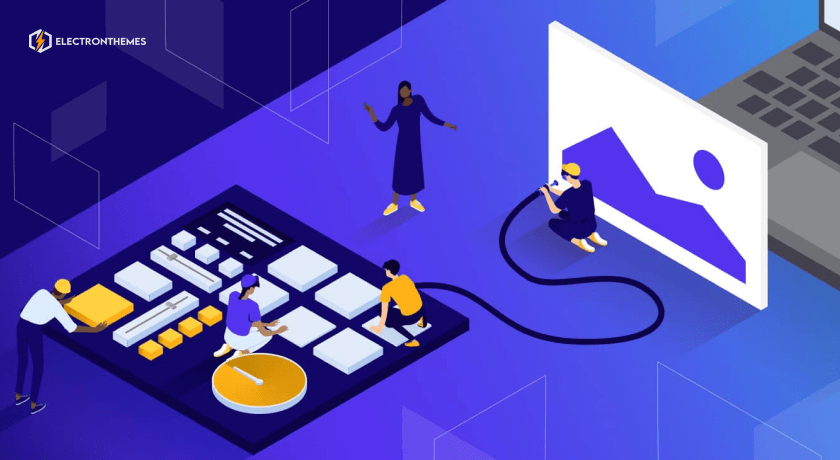
By following these instructions, you'll enhance your website's speed, user experience, and overall efficiency while making your content more accessible and engaging.
1. Choose the Right Image Format
The first step in image optimization is selecting the right file format. The most commonly used formats for web images are JPEG, PNG, and GIF. Here's a quick breakdown of each:
- JPEG: Ideal for photographs and images with many colors. It provides good compression while maintaining image quality.
- PNG: Suitable for images with transparency or when you need a higher quality image with a smaller file size.
- GIF: Primarily used for simple animations, logos, and icons.
Select the format that best suits the type of image you want to display on your blog.
2. Resize Images
Large images can significantly slow down your website's loading speed.
It's essential to resize images to the dimensions they will be displayed on your blog.
Most image editors, like Photoshop or online tools like Canva, allow you to adjust the image size. Aim for dimensions that match your blog's content width to prevent unnecessary scaling.
3. Compress Images
Image compression is a critical step in reducing file size without compromising quality. There are various tools and online services available to compress images, such as TinyPNG, Compressor.io, or Image Resizer.
Ghost also has built-in image compression when uploading images to ensure optimized performance.
4. Use Descriptive File Names
When saving your images, give them descriptive file names that reflect their content.
Avoid generic names like "image1.jpg" or "picture.png." Instead, use relevant keywords that convey the image's purpose, making it easier for search engines to index and rank your content.
5. Add Alt Text
Alt text, or alternative text, is essential for accessibility and SEO.
It provides a description of the image content for users who cannot see the image and helps search engines understand your content better.
When inserting images in Ghost, take a moment to add meaningful alt text that accurately describes the image.
6. Leverage Lazy Loading
Lazy loading is a technique that loads images as users scroll down the page rather than loading all images at once.
Ghost automatically enables lazy loading for images, improving page load times and saving bandwidth.
7. Implement Responsive Images
Make sure your images are responsive to different screen sizes and devices.
Use CSS styles to set the maximum width of images to ensure they don't overflow on smaller screens.
Ghost's default Casper theme is already designed to be responsive.
8. Consider WebP Format (Optional)
WebP is a newer image format developed by Google that provides superior compression and quality compared to JPEG and PNG.
If your audience uses modern browsers that support WebP (such as Chrome and Firefox), you can consider converting your images to WebP format to further optimize load times.
9. Use a CDN
A content delivery network (CDN) can help to improve the loading speed of your images by serving them from servers that are located closer to your visitors.
There are a number of free and paid CDN services available, such as Cloudflare and Amazon CloudFront.
Summary
In conclusion, Optimizing images for your Ghost blog website is crucial for improving page load times, user experience, and SEO rankings.
By following the steps outlined in this guide, you can strike the right balance between image quality and website performance, ensuring that your blog looks stunning and loads quickly for your readers.
Remember to regularly audit and optimize your images as you continue to create content to keep your website running smoothly.
FAQs
Do you have any questions about image optimization? We have answers to some frequently asked questions on the topic.
Ghost CMS can do automatic image optimization?
Ghost CMS does automatic image optimization. When you upload an image to Ghost, it will automatically resize and compress the image for the web. Ghost also uses lazy loading, which delays the loading of images until they are needed. This can help to improve the loading speed of your Ghost blog.
What is image optimization?
Image optimization is the process of reducing the file size of images without sacrificing too much quality. This can be done by resizing images, choosing the right image format, and compressing images.
Should I consider using the WebP format for my images?
WebP is a modern image format that offers superior compression and quality. Consider it if your audience's browsers support it.
